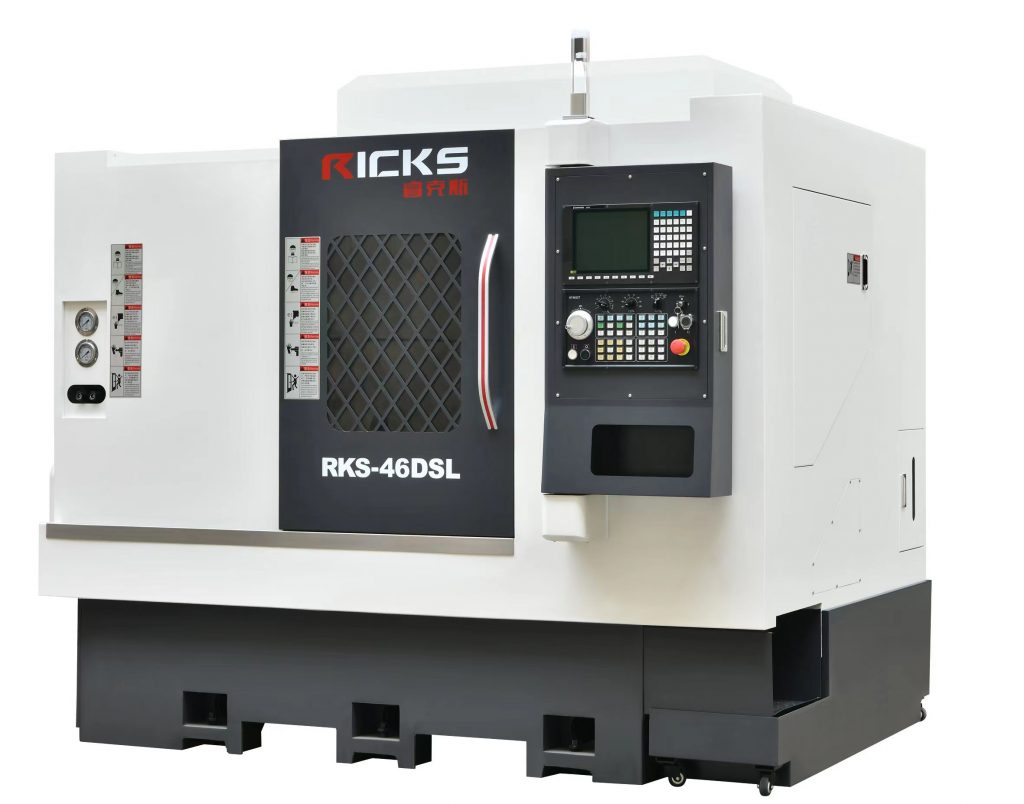A successful partnership between manufacturers and their clients hinges on effective communications, meticulous analysis, and tailored solutions. Hereby, we delves into the key stages of this collaborative journey, outlining a structured approach that ensures a thorough understanding of customer needs and the delivery of customized CNC metal cutting solutions.
Communicate in depth with customers to understand their metal cutting needs, including materials, thickness, shape, etc. Analyze the customer's production process and existing production equipment to determine the most suitable CNC cutting solution.
Provide customized CNC metal cutting solutions based on customer needs and data analysis. Including CNC cutting machine selection, technical parameters, tool and fixture design, etc.
Provide detailed quotations for customized solutions, including equipment costs, installation costs, training costs, etc. Negotiate with customers, sign a sales contract, and clarify details such as delivery time, payment method, etc.
Start the production and manufacturing process of CNC cutting machines to ensure that the equipment meets customization requirements. Conduct equipment debugging in the factory to ensure that the equipment can operate normally after being installed at the customer site.
Arrange delivery and on-site installation of CNC cutting machines. Provide installation guidance to ensure that the equipment meets design requirements after installation.
Provide customers with CNC cutting machine operation and maintenance training to ensure customers can use the equipment correctly.
Provide remote and on-site technical support to solve problems encountered by customers during use.
Some advantages of using CNC equipment include increased precision, higher production rates, and the ability to produce complex shapes and designs.
CNC equipment when operating a CNC equipment include proper training, wearing personal protective equipment, and following machine safety protocols to minimize risks.
Various industries such as aerospace, automotive, medical, and general manufacturing can benefit from using a machining center for their production needs.
Operators of CNC machine typically require training in CNC programming, machine operation, and safety procedures.
The efficiency of a machining center can be measured by factors such as cycle time, tool change times, and overall machine utilization.
Yes, it can be integrated with automation systems such as robotic arms, pallet changers, feeder, automatic receiver, and chip cleaner to further enhance productivity and efficiency.
Performance optimization of a machining center can be achieved through proper tool selection, cutting parameter optimization, and regular maintenance.
CNC equipment can work with a wide range of materials, including metals, plastics, wood, foam, and composites. This versatility makes it suitable for a variety of industries and applications.
Regular maintenance such as cleaning, lubrication, and calibration is essential to keep CNC equipment running smoothly and accurately. Additionally, software updates and tool sharpening may be necessary.
Yes, CNC equipment can be customized with different different configuration, tooling, fixtures, and software to suit specific manufacturing requirements. This flexibility makes it adaptable to various production needs.


Copyright © 2023 Suzhou Ricks Precision Machinery Co.,Ltd., All rights reserved.